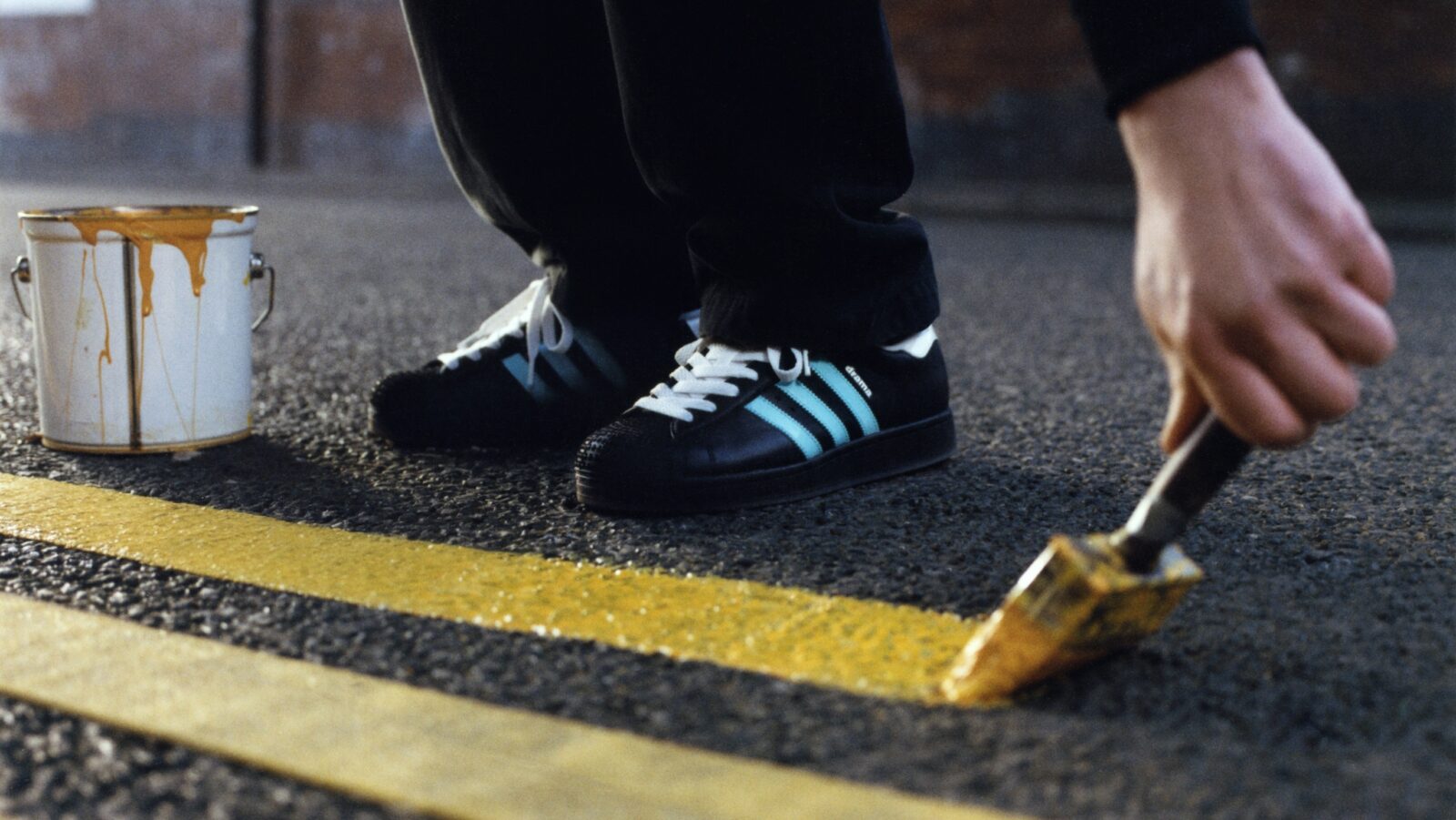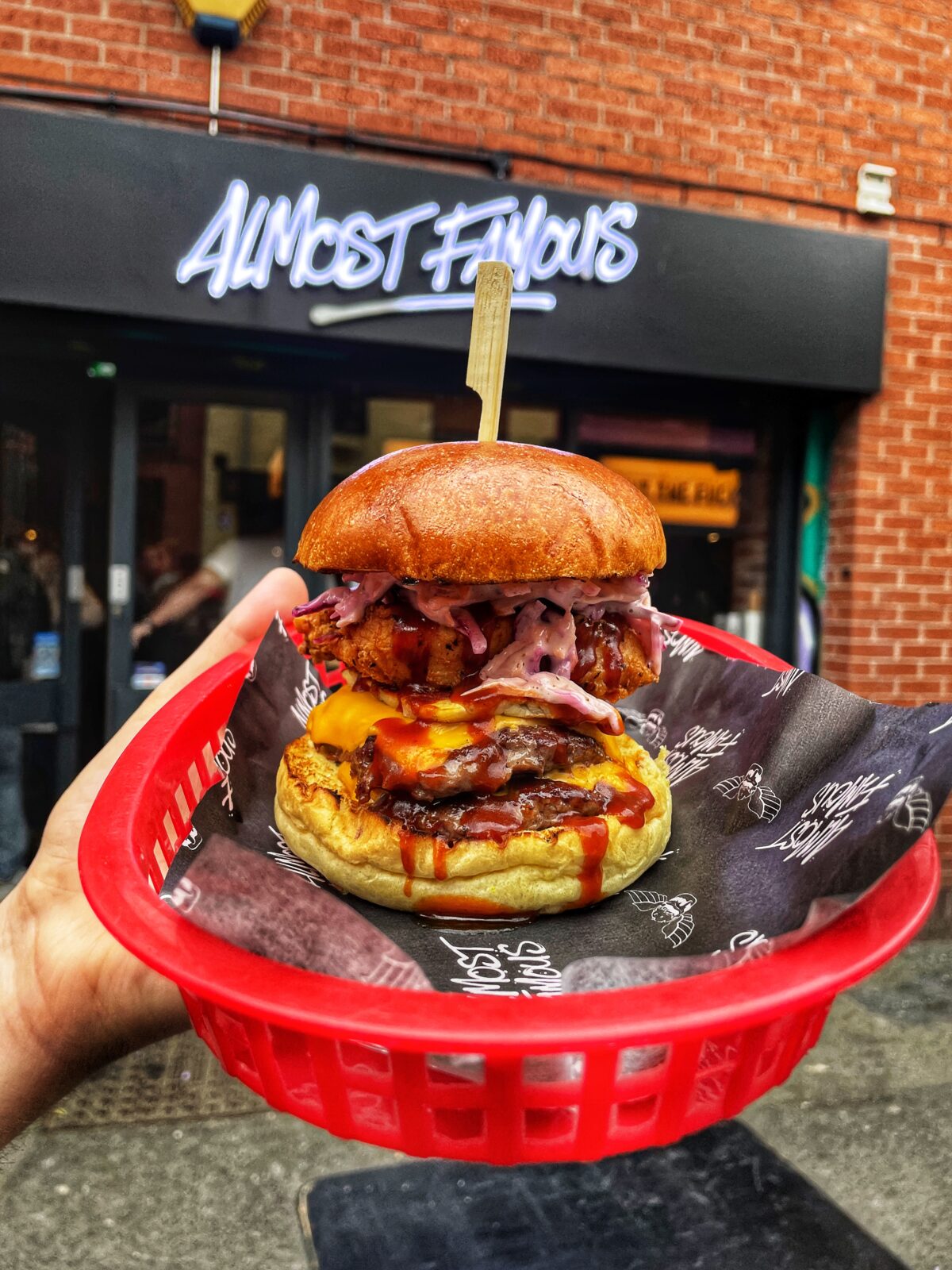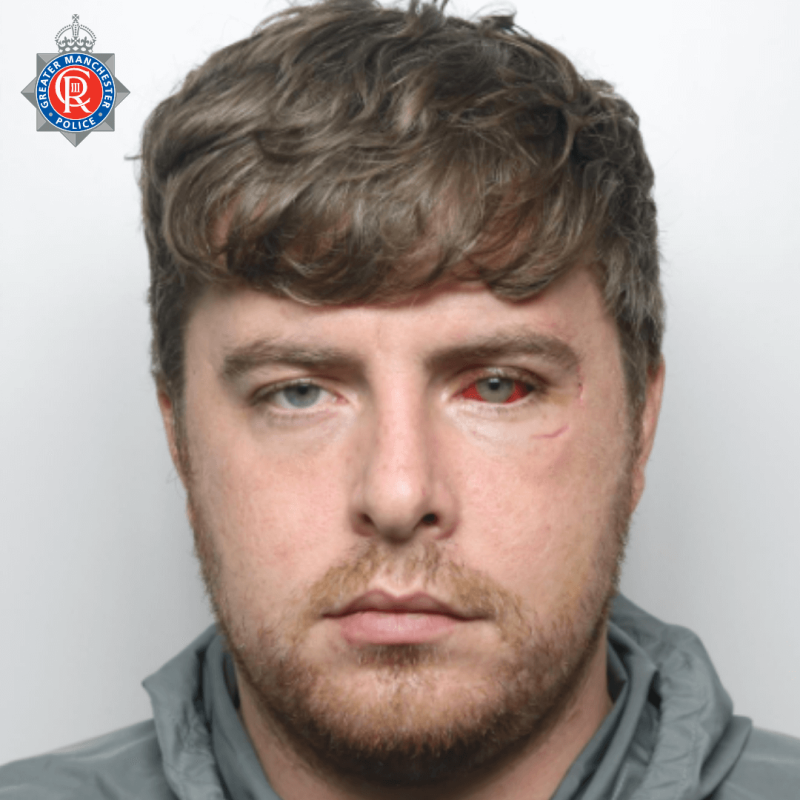News
Self-isolation cut from 10 days to seven for those who test negative twice
Health Secretary Sajid Javid said the move is being taken to "minimise disruption" caused by the rapid spread of the Omicron variant.
It has been announced that people with COVID-19 in England can stop self-isolating up to three days early if they test negative twice.
The self-isolation period will be cut from 10 days to seven for those who can produce negative Lateral Flow Test results on both day six and their final day of quarantine, and when making the announcement, Health Secretary Sajid Javid said the move has been informed by the UK Health Security Agency (UKHSA), and is being taken to “minimise disruption” caused by the rapid spread of the Omicron variant.
He did add that those leaving quarantine after day seven should “continue to remain cautious”.
Under the previous rule, people had to self-isolate for 10 full days if they tested positive for coronavirus (COVID-19).
The change to the required self-isolation period comes amid a spike in cases caused by the new variant – which is believed to have created staff shortages for businesses, health services – including NHS, social care, and other frontline services – and rail services.
The health secretary said the move to shorten the self-isolation period was “a very sensible, balanced and proportionate step” to take.
The new self-isolation guidance being introduced can be used by people who are isolating after testing positive for COVID, regardless of their vaccination status – but, as is currently the case, those who are not double jabbed will still have to isolate for the full 10 days if they are a close contact of someone who has tested positive.
Health officials have said that People should not end their isolation early if they are still experiencing symptoms.
On top of that, just as the Health Secretary mentioned, health officials are strongly advising people ending their isolation period on day seven to limit contact with vulnerable people, not to visit crowded or poorly ventilated spaces, and to work from home if they can.
Read more: Boris Johnson confirms NO new restrictions for Christmas
Announcing the rule change, Mr Javid said: “We want to reduce the disruption to peoples everyday lives caused by the pandemic so today we will be cutting the self-isolation period from 10 days to seven days for those people that take a lateral flow on day six and day seven and the result of both those tests are negative.
“This decision has been informed by the advice of our clinicians at the UKHSA who have looked at this very carefully and they are very comfortable that the protection provided by making this change – so that people can leave isolation after day seven as long as they have taken these two lateral flow tests and the results are negative – that the protection it provides is very similar to 10 days of isolation without tests.
“Of course, anyone who leaves after day seven under this new procedure should continue to remain cautious.”

The changes to this self-isolation come after the isolation period was reduced from 14 days to 10 this time last year as the Alpha variant spread rapidly through parts of the UK.
Mandatory isolation was dropped for vaccinated close contacts of a positive case during the Delta wave this year.
But that has now been replaced with daily Lateral Flow Testing.
Currently, the government is under increasing pressure from scientists to make a decision on further restrictions to slow the spread of Omicron – but last night, Prime Minister Boris Johnson confirmed he will not introduce any further COVID restrictions in England before Christmas.
He did, however, warn that the situation remains “finely balanced” ahead of the New Year.
Featured Image – iStockPhoto























